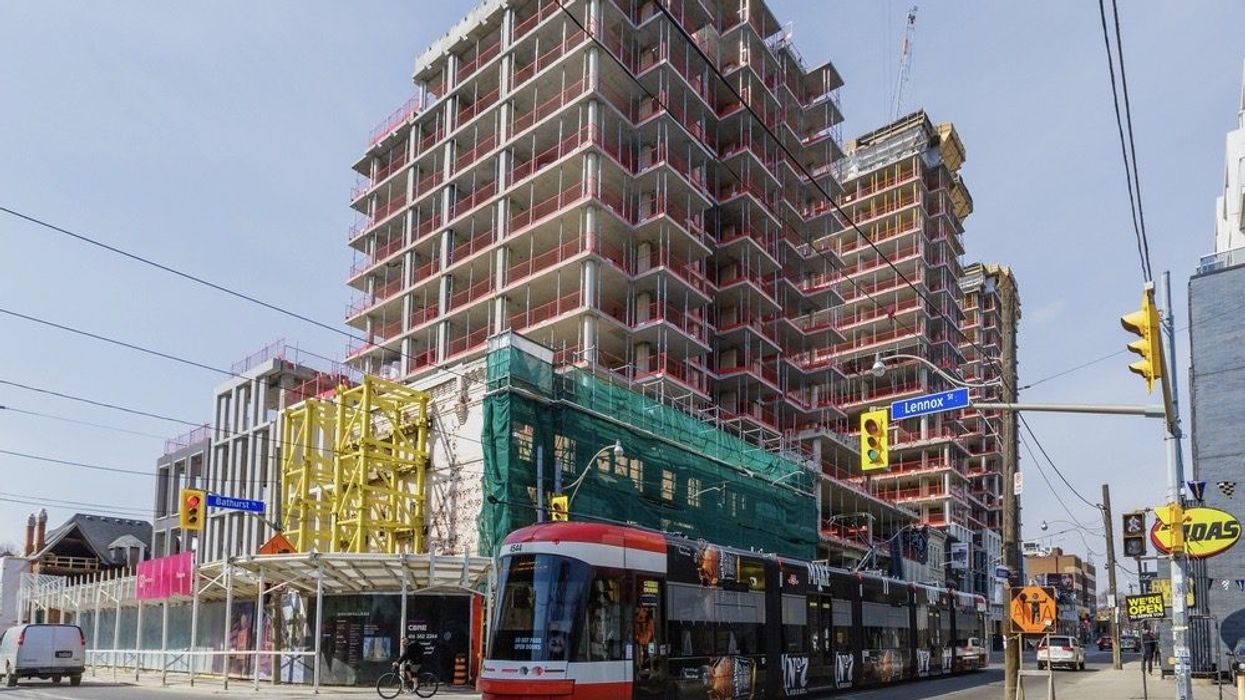Later this month, a proposed policy is being presented to City Council that could impact the future of affordable housing in Toronto. The proposal is on inclusionary zoning -- a contentious topic that many members of the planning and development industry have differing opinions on.
But, first things first, what is inclusionary zoning and how will it impact housing in Toronto?
Inclusionary zoning (IZ) is a new planning tool and policy for Toronto. Its purpose is to increase the supply of affordable housing by mandating that certain developments include a percentage of affordable housing units. In Toronto specifically, IZ will apply to projects that meet three main criteria:
- Are located within 500 to 800 metres of Protected Major Transit Station Areas;
- Are located within strong and/or moderate market areas; and
- Contain more than 100 units for developments in the Downtown and central waterfront area or contain more than 140 units for developments in all other areas.
But what do each of these actually mean?
RELATED: Inclusionary Zoning May Not Be As Inclusive As You Think
The first criterion is about Protected Major Transit Station Areas (PMTSAs). Currently, the City has 180+ Major Transit Station Areas of which a subset will become Protected Major Transit Station Areas and therefore be subject to IZ. In April 2021, a staff report released recommendations for 16 PMTSAs within the boundaries of the downtown area. So far, no additional information has been released about potential PMTSAs outside of downtown.
The second factor is about strong and/or moderate market areas. The idea behind this is that developments in these areas will have more financial capacity to provide affordable housing since demand for market-rate units is so high.
The third item in the criteria list is regarding the size of developments. It outlines IZ exemptions for smaller developments, like low-rise or mid-rise buildings that may be less financially feasible for developers to provide affordable housing in. There are some concerns that this will result in buildings with 99 or 139 units or less. This could reduce the total potential housing stock and cause prices to increase in some cases -- the opposite intention of any inclusionary zoning policy. However, this is only speculation; actual outcomes will come down to economics. In strong or moderate market areas where tall buildings are possible, it will likely not make sense for developers to hold back on unit counts.
The IZ policy will apply to both purpose-built rental and condo developments that meet the above criteria. Purpose-built rentals will require 3% to 5% affordable housing while condos will require 5% to 10% affordable housing and must retain their affordable status for 99 years. Whether a development is required to meet the low- or high-end of that percentage depends on whether it is in a moderate or high market area.
The exact definition of “affordable housing” is also up for discussion. The goal is for IZ to help low- to moderate-income households – the people who make too much to qualify for social housing, but too little to afford market rate units. Affordability can be defined in many ways, like based on a percentage of an individual’s income or as a percentage of average market rent.
The definition for IZ purposes will come from the definition the City’s Official Plan, which is currently being updated. The new definition has not yet been confirmed, but recent City staff reports have discussed the possibility of using the least expensive of either 100% of average market rent (as published annually by the Canada Mortgage and Housing Corporation) and 30% of household income.
Unlike other City of Toronto policies like parkland dedication, which can be met through cash-in-lieu contributions, the affordable housing units will actually need to be built by the developer. Ideally, affordable units will be incorporated on-site within the proposed development, but in some cases, they may be permitted to be constructed off-site in another PMTSA. However, this will still require the appropriate zoning by-law amendment.
So, that’s what inclusionary zoning is -- but what impact will it actually have on housing and development in Toronto? Depending on who you ask, you’ll probably get a very different response.
The development community recognizes the positive impact that IZ will have on affordable housing stock but are concerned that a quick implementation and lack of financial incentives will negatively affect the feasibility of many development projects. The City is currently planning for an IZ implementation in January 2022, but many developers are proposing a more phased approach or longer transition period. Developers would also like to see more financial incentives built into the IZ policy, like more height and density bonusing. The current draft of the IZ policy will allow parking requirement exemptions for affordable units, but developers want to see more.
RELATED: Inclusionary Zoning Policy in Toronto Will Cost New Homeowners $65K More Per Unit
The City has also done their own modelling to measure the impacts of IZ and determined that, given the right criteria, IZ will not severely limit the financial success of developers. Their model does suggest, however, that land prices could go down as developers try to buy land for less in an attempt to recoup the costs of providing affordable housing. Like the predictions about 99- and 139-unit buildings, this suggestion is also purely speculative, and only time will tell what the real impacts of IZ policy will be.
Of course, the obvious outcome of a well-executed inclusionary zoning policy is that the supply of affordable housing will increase. This alone will not solve Toronto’s affordability crisis, but it is certainly one part of the solution.
The Council meeting is set to take place on September 21, so we'll have to wait until later then to find out exactly what will come next and how inclusionary zoning will be rolled out in the City of Toronto.





















